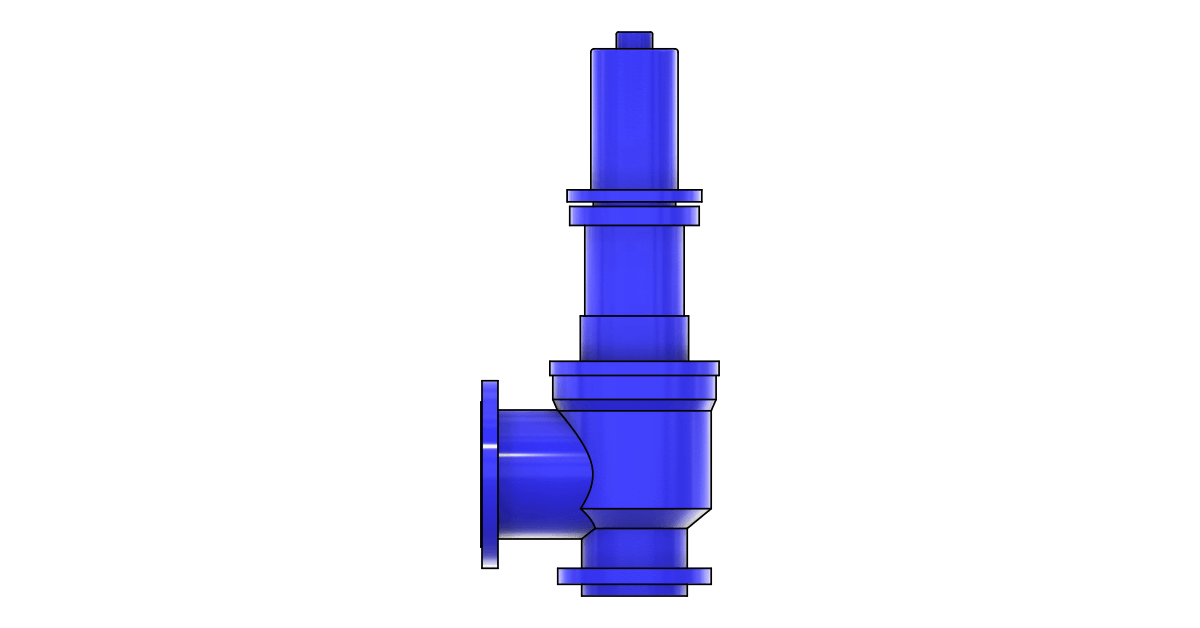What is a Safety Relief Valve? – The Complete Beginner’s Guide

A Safety Relief Valve (SRV) is a vital protective component in industrial systems, designed to safeguard equipment, processes, and personnel from dangerous overpressure. Its function is to automatically discharge excess pressure from vessels, pipelines, or systems once a preset pressure level is exceeded, and then close again once normal conditions return.
Purpose of a Safety Relief Valve
The main role of an SRV is to avoid serious failures by venting surplus pressure. Overpressure can result from various causes, including process disturbances, thermal expansion, mechanical malfunction, or human error. In such cases, the SRV serves as the final layer of protection.
How a Safety Relief Valve Works
Most SRVs work using a spring-loaded or pilot-operated setup. Under typical conditions, the spring keeps the valve shut. If the system pressure rises above the set value, the force from the fluid overcomes the spring’s tension, lifting the valve disc to release the extra pressure. Once the pressure falls below the set point, the spring pushes the disc back into position, closing the valve and stopping the flow.
Key Standards & Regulations
Safety Relief Valves must comply with recognized international standards to ensure performance and safety. Commonly followed standards include:
- ASME Boiler and Pressure Vessel Code, Section VIII.
- API Standards 520 and 521
- ISO 4126 – Pressure protection safety devices.
Industries That Use Safety Relief Valves
SRVs are commonly found in sectors where overpressure could cause significant hazards, such as:
- Oil and Gas
- Chemical Manufacturing
- Power Plants
- Pharmaceutical Production
- Food and Beverage Processing
Why Safety Relief Valves are Important
Without SRVs, overpressure incidents could lead to accidents, major equipment damage, operational downtime, and even loss of life. Selecting, installing, and maintaining the correct SRV is critical for safe and dependable operations.
At Adyaa Engineering, we provide and service certified Safety Relief Valves that conform to international requirements and suit specific applications. Our specialists handle sizing, selection, and testing to ensure top-level safety and reliability.
